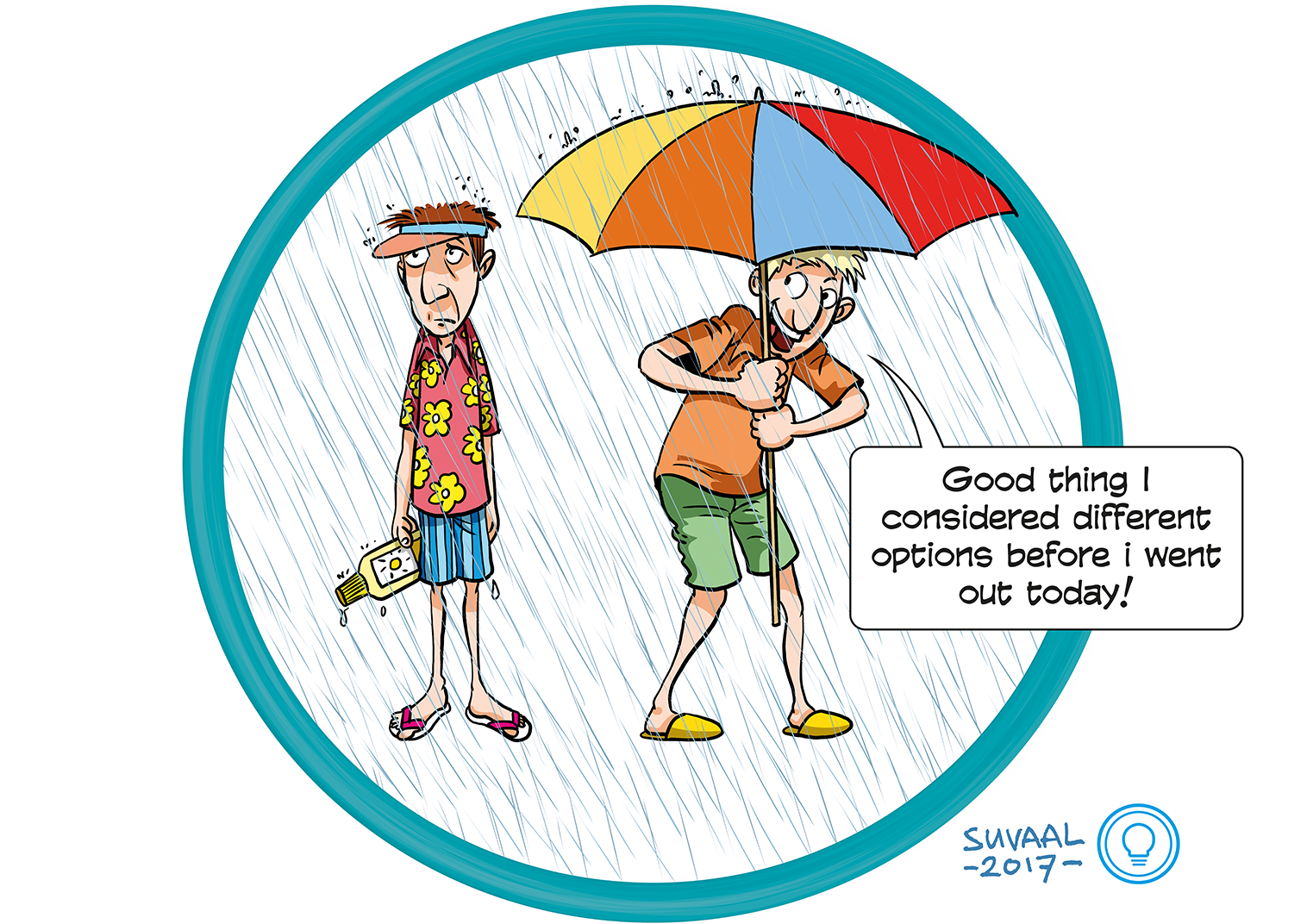Context Variation by Design: intentional design for scalability
Themes: Social Impact

Validation

A TRL is a measure to indicate the matureness of a developing technology. When an innovative idea is discovered it is often not directly suitable for application. Usually such novel idea is subjected to further experimentation, testing and prototyping before it can be implemented. The image below shows how to read TRL’s to categorise the innovative ideas.
Why?
Context Variation by Design (CVD) acknowledges reality’s complexity as starting point to address societal challenges. This enables design of solution architectures that can be easier adapted to different contextual demands.
How?
CVD uses four principles: systematic variation, hierarchical decomposition, satisficing, and discursiveness. These principles create design spaces based on collective- instead of only context-specific intelligence. They reveal unexpected connections between contexts and inspire novel solutions.
When?
We are already applying this approach in a variety of projects, working with a variety of companies. We aim at increasing our understanding of CVD’s applicability and its conditions for success.
Ir. Wouter Kersten
